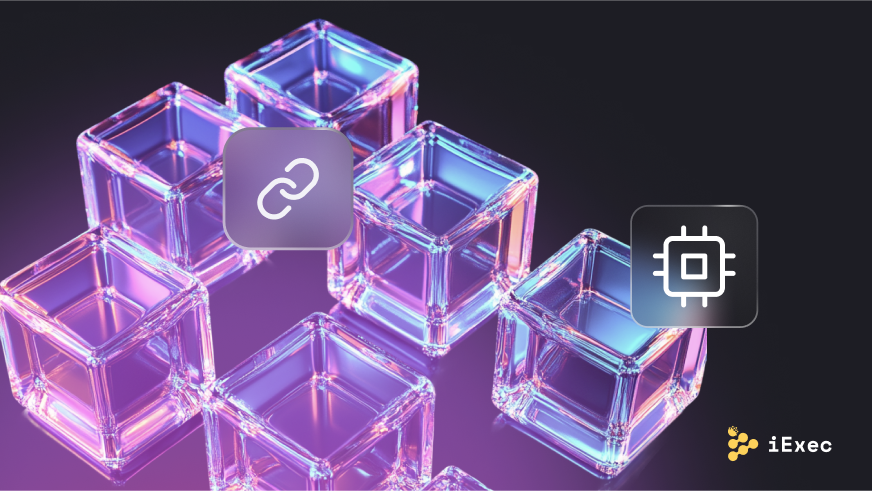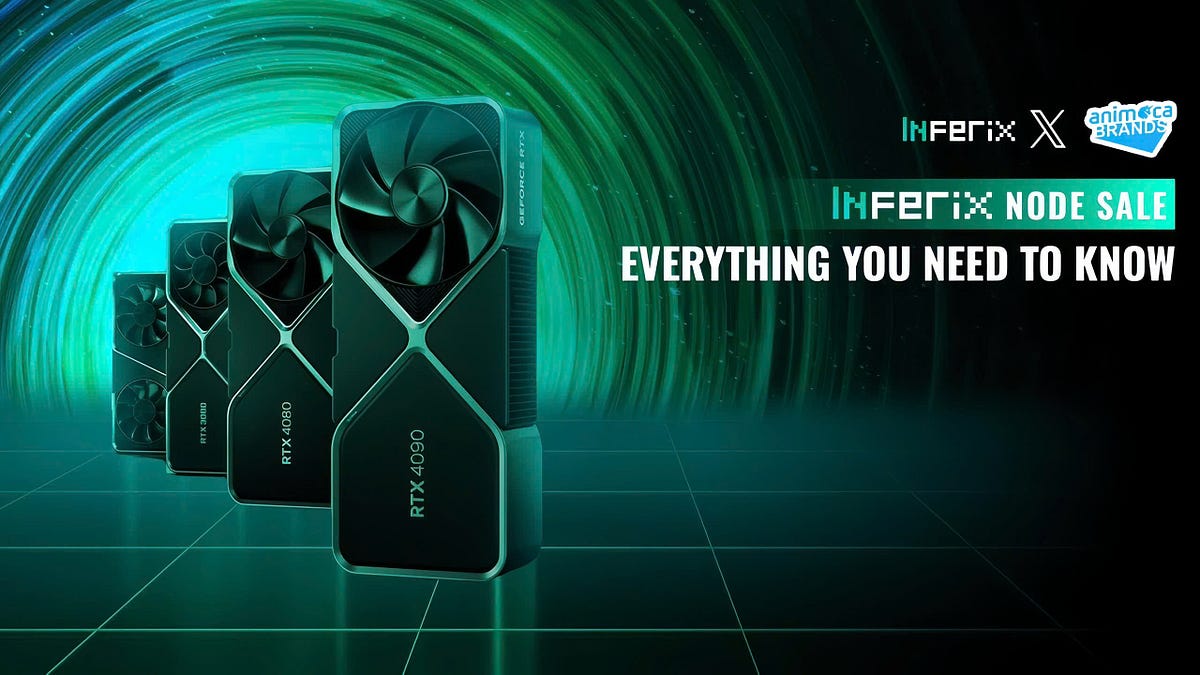DePIN Crypto: Revolutionizing Infrastructure Through Decentralization

DePIN Crypto, or Decentralized Physical Infrastructure Networks, is gaining significant attention in the crypto landscape of 2025, presenting a transformative approach to traditional infrastructure. This model leverages blockchain technology to decentralize control over critical resources, such as data storage and wireless systems, challenging the dominance of tech giants like Microsoft and Amazon. With a market cap of $31 billion, DePIN projects are poised to disrupt various sectors by tokenizing infrastructure and rewarding users with cryptocurrency for their contributions. The ecosystem is divided into two main categories: Physical Resource Networks (PRNs), which include projects like Helium and Hivemappers, and Digital Resource Networks (DRNs), represented by Filecoin and Akash Network.
Leading the charge in decentralized infrastructure is Sui DePIN, which operates on the SUI blockchain. This project aims to empower users by allowing them to control AI models and profit through a tokenized framework. Following a successful IDO launch in 2024, Sui DePIN has attracted over 200,000 active users and boasts 1.5 million AI nodes, thanks in part to partnerships with Aethir Cloud and AWS. The project’s momentum is evident as it prepares for a listing in January 2025, with plans to further expand its user base and capabilities.
In addition to established DePIN projects, the emerging Meme Index presale is capturing investor interest. This decentralized platform targets the volatile meme coin market with its $MEMEX token, which has already raised over $1.6 million. The presale offers access to various curated indexes, catering to different risk appetites. With a staggering dynamic APY of 5,631% for early buyers, the Meme Index presents a unique opportunity for investors looking to capitalize on the evolving landscape of decentralized finance and meme coins. As DePIN continues to reshape traditional systems, it opens new avenues for innovation and investment in both digital and physical infrastructure.
Related News





